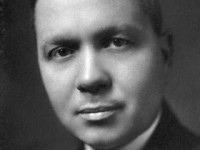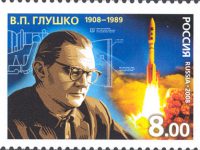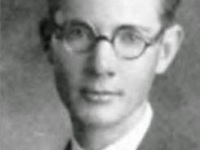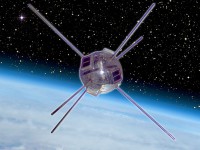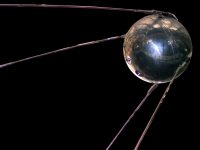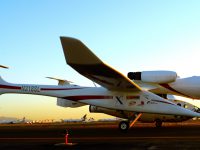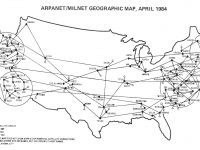Harold Urey and the famous Miller–Urey experiment
On April 29, 1893, American physical chemist and Nobel Laureate Harold C. Urey was born. He played a significant role in the development of the atom bomb, but may be most prominent for his contribution to theories on the development of organic life from non-living matter. Harold Urey – Early Years Harold Clayton Urey entered the University of Montana in 1914 and received his Bachelor of Science degree in Zoology in 1917. A few…
Read more

